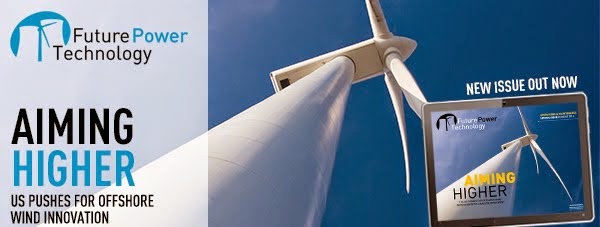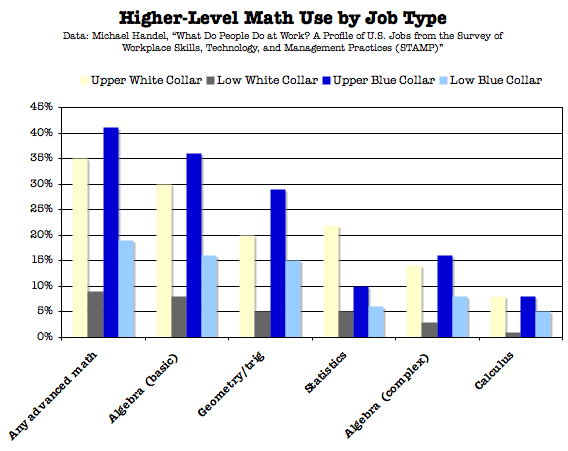Hi Technician; Mechanical Components!.
.jpg)
Hi Get' Technical Download Post!
Hi Technical Learn To: How to properly pin a shaft & hub assembly.
Hi Technical Learn To: Full Lubrication.
Hi Technical Learn To: Low Temperature Sealing In High Pressure Applications.
Hi Technical Learn To: Dynamic Mechanical Thermal Analysis.
Hi Technical Learn To: Brass VS. Stainless Steel - Insert Material.
!!!THANK YOU FOR DOWNLOADING!!!
DOWNLOAD HIGHLIGHT ALERT: Hi Technical Learn To: Low Temperature Testing Of Elastomer.
Click the following link here or image button below to download!.

.jpg)
.jpg)
.jpg)
.jpg)
.jpg)
.jpg)

.jpg)


.gif)
.jpg)
.jpg)

.jpg)
.jpg)
.jpg)
.jpg)
.jpg)
.jpg)
.jpg)

.gif)
.gif)








